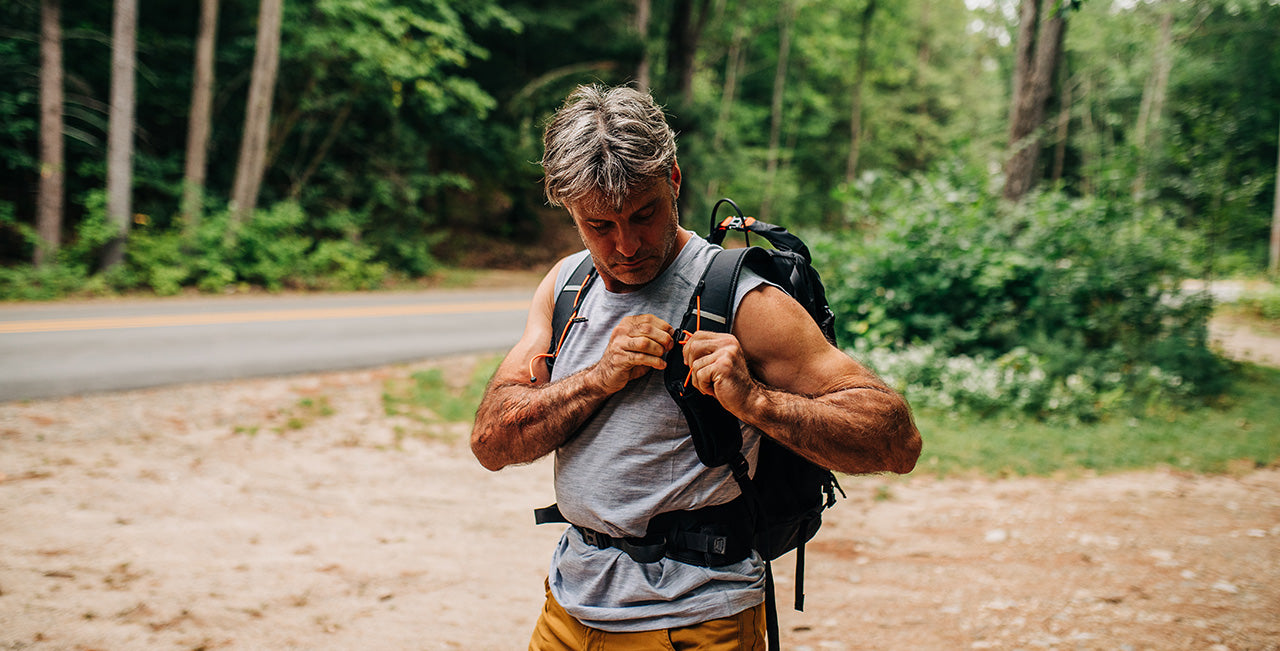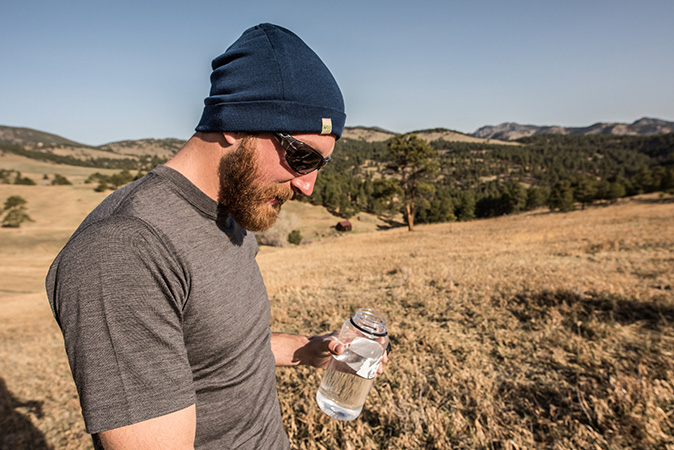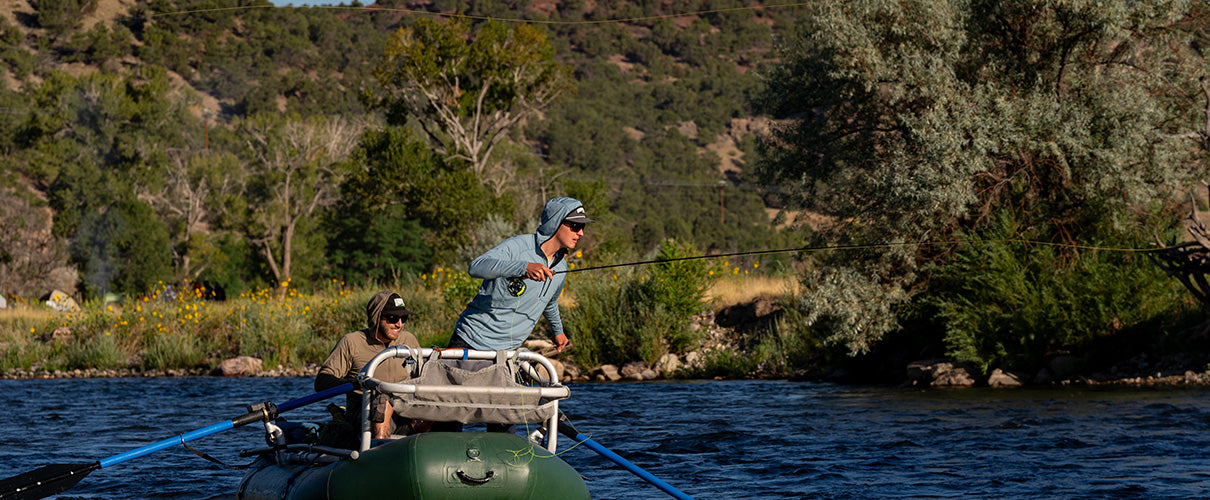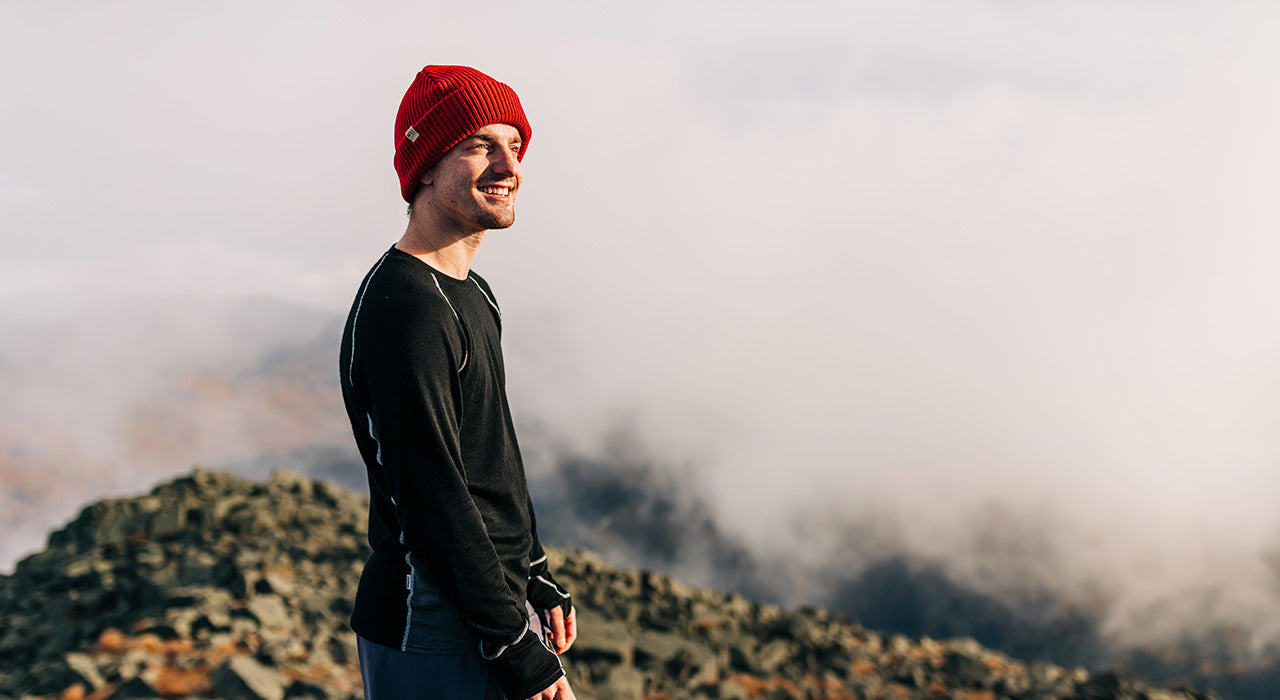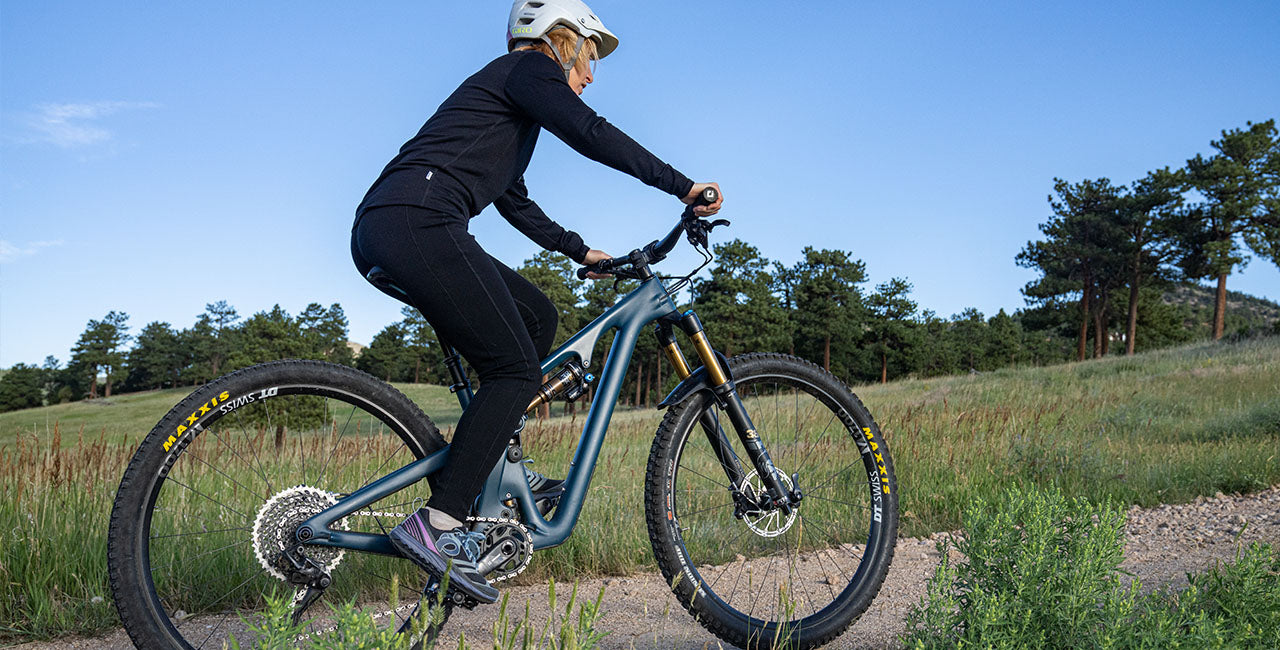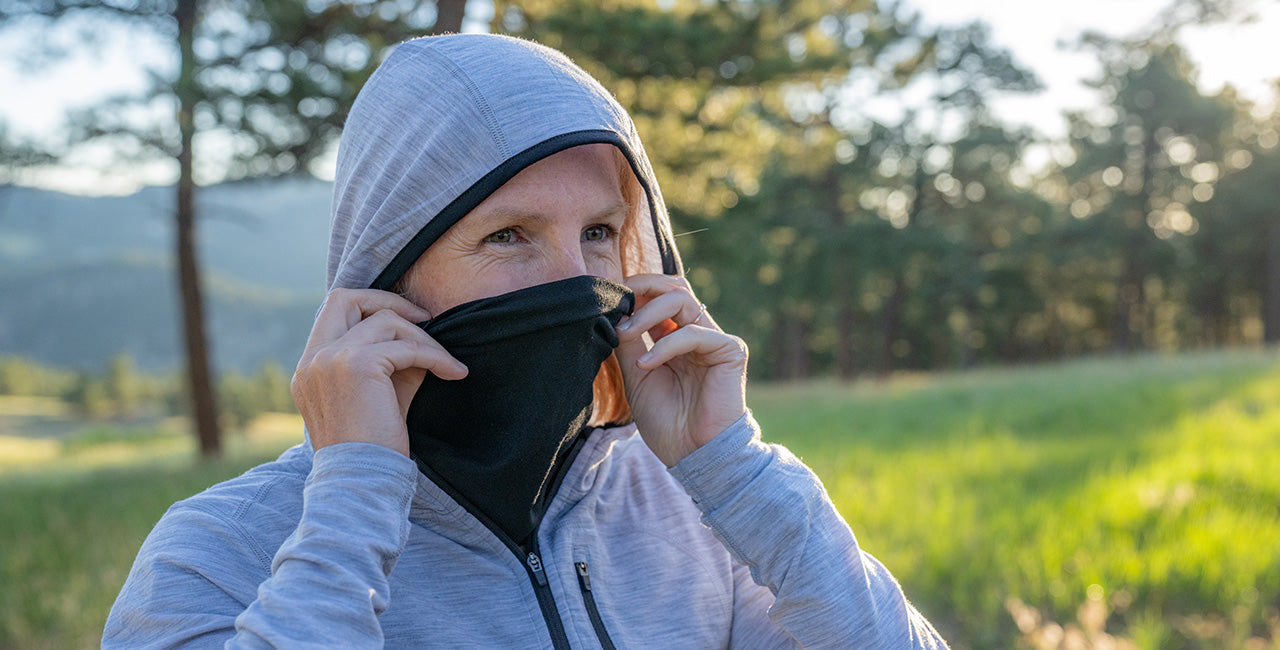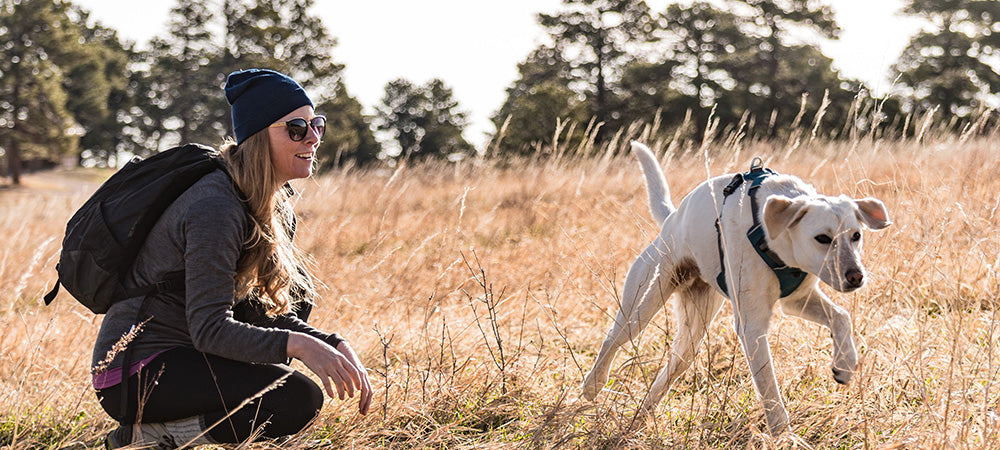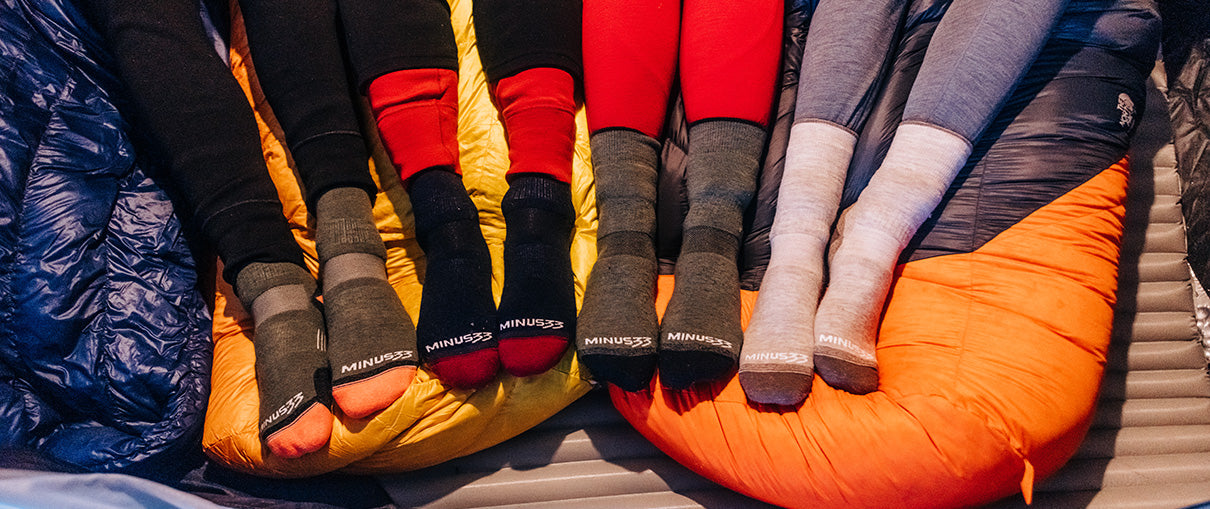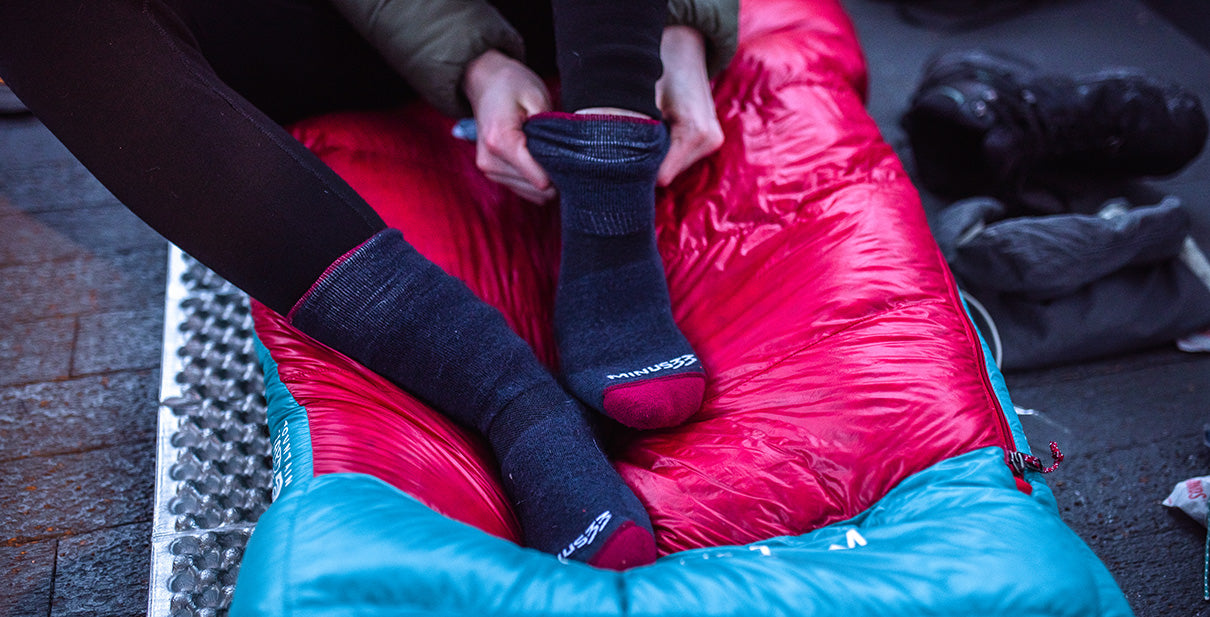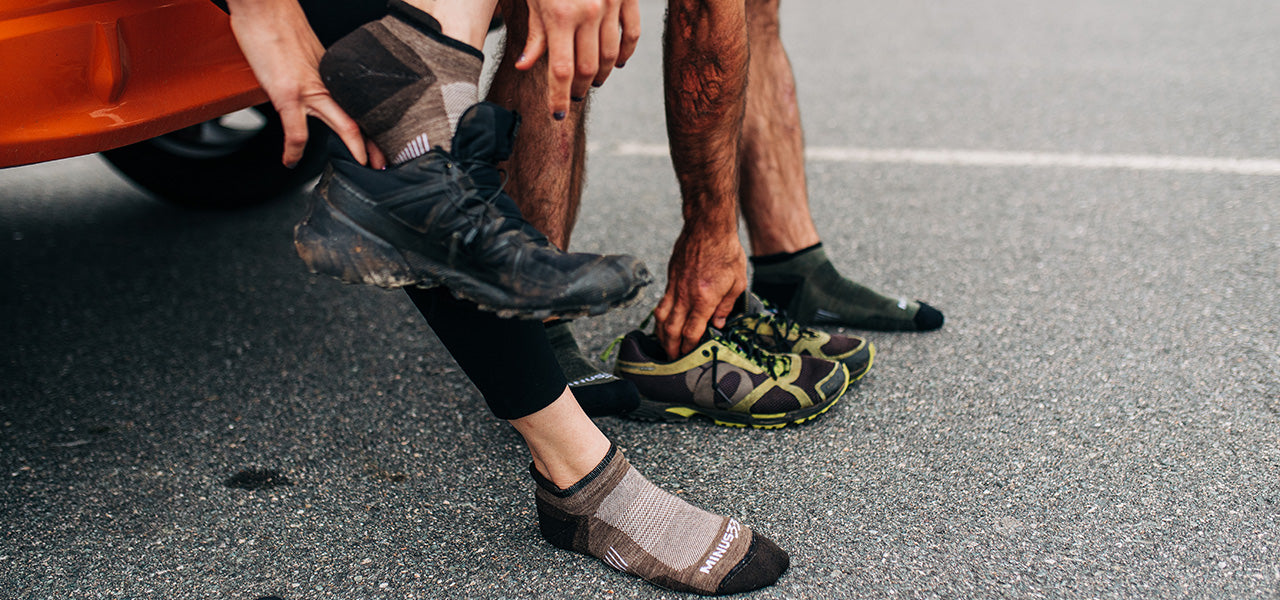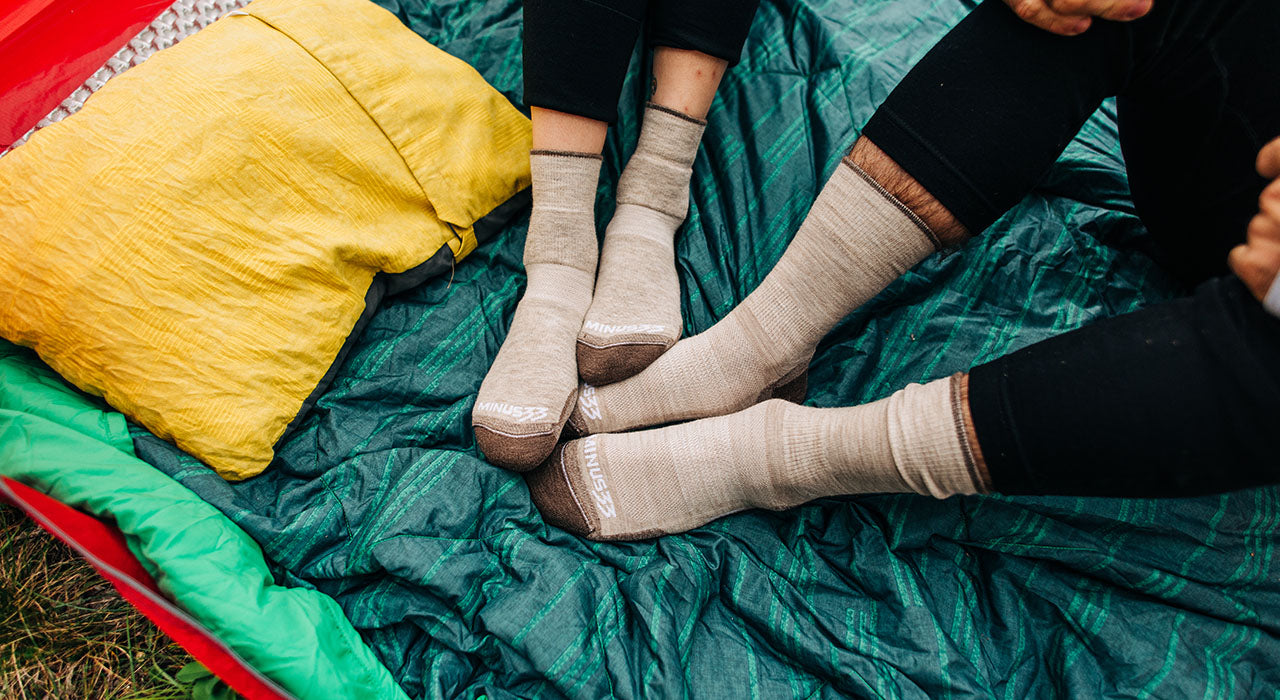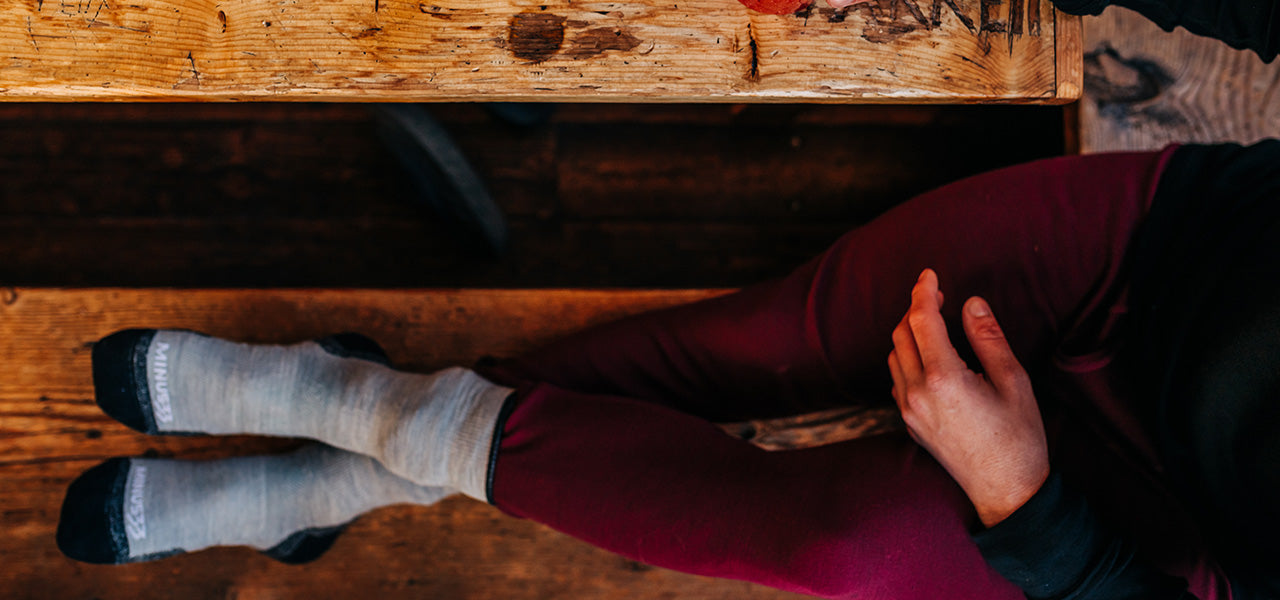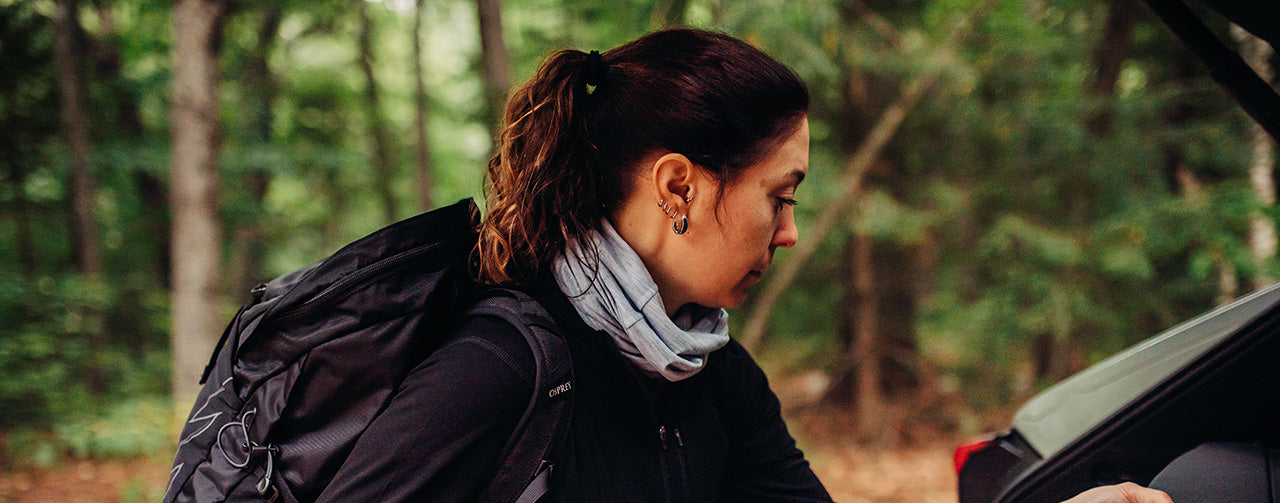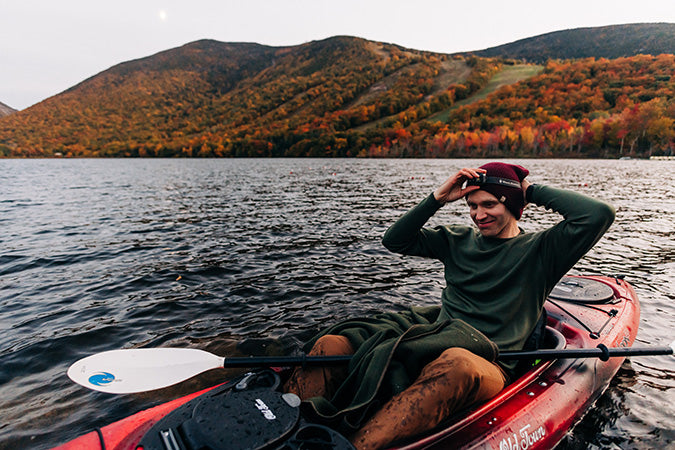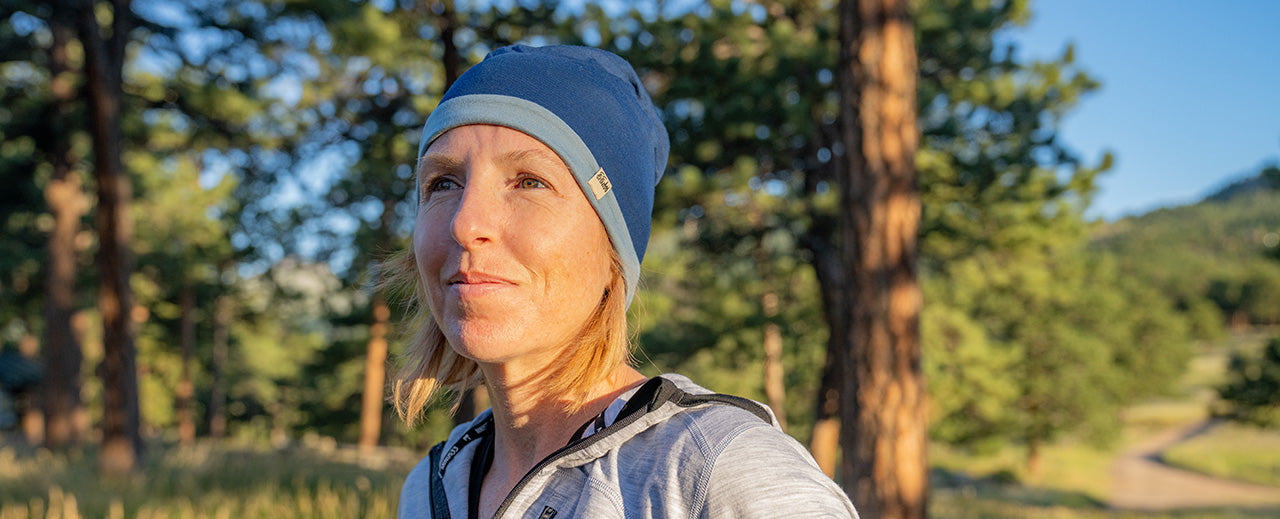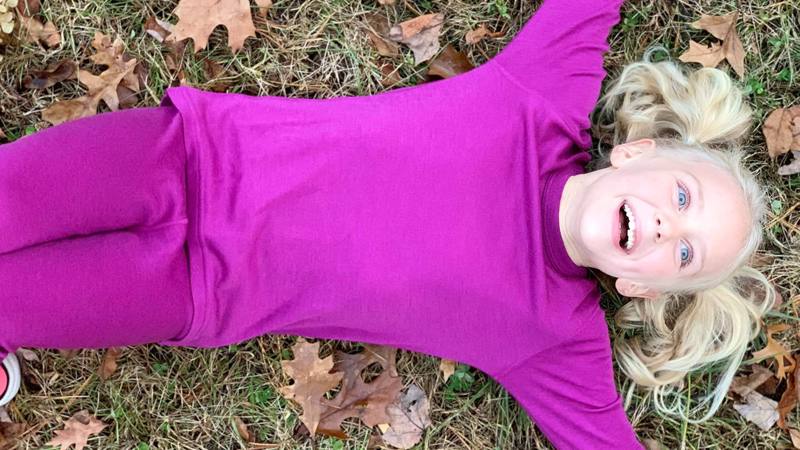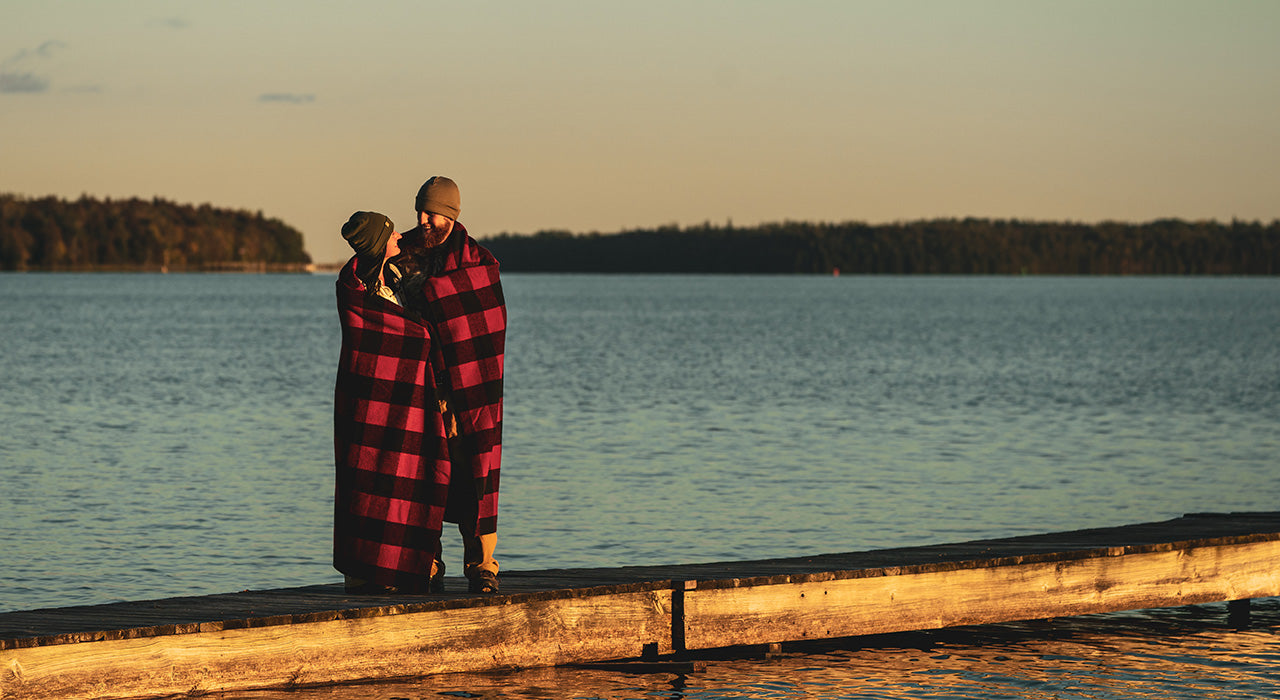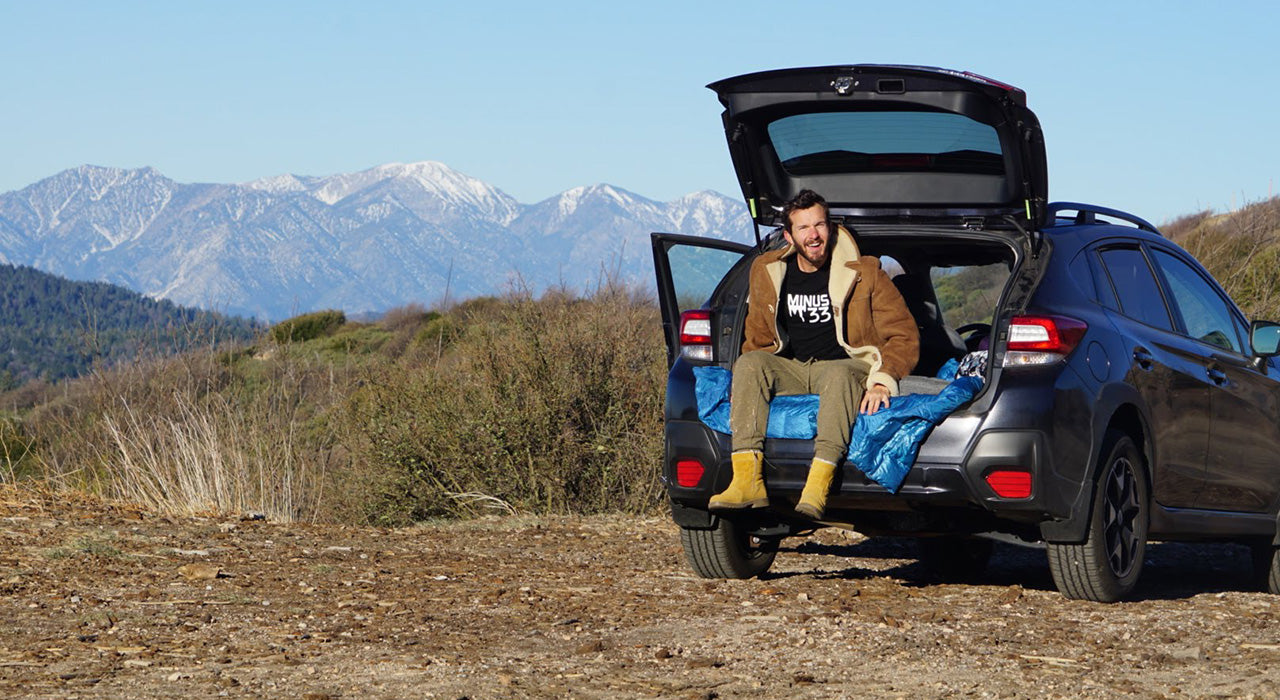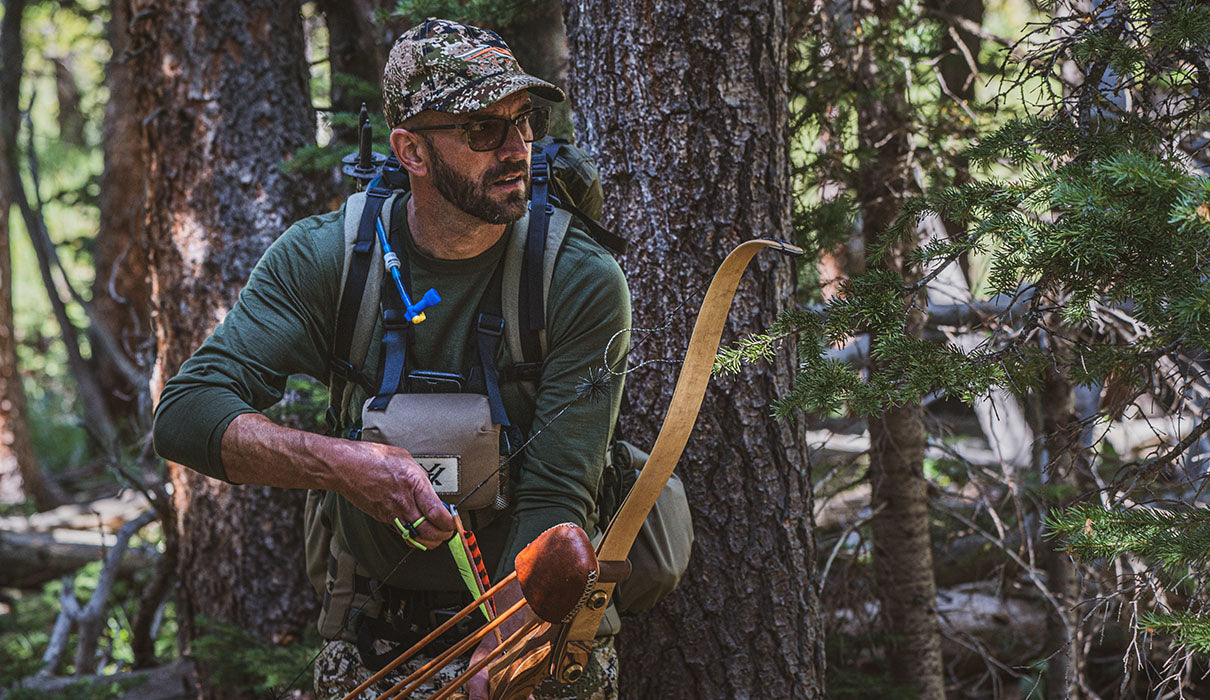LAYERING FOR YOUR HUNT - TIPS FROM THE PRO'S WHO KNOW
It doesn’t matter if you’re in the Alaskan wilderness or the deep woods of Maine, your clothing layering system can make a big difference in the success, and even your safety, on your hunts.
Generations of hunters, fishermen, and explorers have relied on wool clothing to keep them warm and safe during their outdoor pursuits. Your grandfather’s wool hunting wardrobe worked out pretty well for him, but those days of bulky, stiff, and itchy wool are long gone. Modern-day wool, specifically Merino sheep wool, is lighter, more durable, silky-soft, and offers a more flexible fit on the body, ideal for today’s “on-the-move” hunter.
Let’s talk sheep. Merino sheep live in all types of climates, from the freezing mountains to the hot plains. Their coats have naturally adapted over time to help them survive in those extreme environments. That’s why Wool is considered natures “ultimate-performance” fiber. It’s those highly-desired qualities of wool that make it a more expensive fiber than cotton, hemp, or synthetics like polyester, nylon, and acrylic. In fact, many of today’s outdoor clothing / hunting brands have turned to synthetics and even chemical additives, to reduce material costs, and attempt to mimic the performance properties of wool. Granted, some synthetics do a decent job wicking moisture away from the skin. Others can keep you warm. Some can even work to block your scent. But despite all this engineering, no man-made fiber can provide all the benefits that wool naturally does. Wool is sustainable, renewable, recyclable, breathable, thermo-regulating, anti-odor, fire-resistant, hypo-allergenic, and much more.
So, when it comes to layering for hunting – the big 3 benefits of wool are moisture control, thermoregulation (insulation), and odor control.
Establishing your own layering system for the type of hunting you do, and the conditions you do it in will be one of the smartest hunting “gear” choices you’ll ever make.
Take it from the pros at Big Woods Bucks. This team of professional outdoorsmen & hunting guides has over 150 years of combined hunting experience in conditions all over the world. They know how to dress for success and survival. Here’s their layering strategies for what, and where, they’re hunting this season.
Hal Blood – Big Woods Bucks Co-Founder, Master Maine Guide, Expert Deer Tracker & Woodsman
“My fall hunting gear hasn’t changed a lot over the 40 plus years I’ve been hunting”.
“Since I spend most of my time tracking, my feet come first, so good Merino wool socks are essential. I typically hunt in rubber boots, so I like to layer my socks, using an thinner liner sock first, and I add a Midweight or Expedition weight sock on top of that to fill the boot space. One thing I really like about the Minus33 Expedition Weight Sock is that its thick cushioning stands up to my extended wear – it doesn’t matte down like other wool sock brands I’ve tried.”
“My base layer system also doesn’t change much from early to late season. For my bottom base layer I use the Minus33 Lightweight Saratoga Bottoms under my pants. For my top base layer, I like to use a Midweight Chocorua Long Sleeve Crew, and on top of that, I use my Big Woods Bucks Tracker Jacket as my outer layer. If the weather warms up, I shed the jacket. If the temps drop, I’ll add an additional, lighter wool shirt as a second layer under my jacket.
Jeff Paradis - Big Woods Bucks Team Member, Deer Tracker, Expert Bowhunter & Woodsman
“I typically cover a LOT of miles hiking while out bowhunting, so managing my body temp is critical. In the past I’d use old military-spec base layers which performed ok, but didn’t offer the warmth or scent-blocking properties of wool.
“These days I depend on Merino wool base layers almost exclusively. In fact, I’m headed to Alaska for a 10-day drop-hunt for moose. Alaska, with its cold & wet conditions, is one place where having the right wool base layer system is critical. For this trip, I’ll wear my Expedition Weight Katmai Bottoms and Yukon Crew Top under my black rain shell. I always opt for black. Camo is overrated. Black layers help me grab that extra warmth of the sun when I need it.”
“If I find myself in a tree stand and I need an extra layer for warmth, I’ll zip on my Minus33 Chugach Zip-Off Pants which are great because you don’t have to climb down or remove your boots, you simply drop your pants, zip them over your legs, pull your pants back up and you’re good to go. I also like to wear a Merino Beanie to keep my ears warm. I try not to cover my whole ear so I can hear better. A little trick I do, is I fold my ear tips down under the beanie, which helps me amplify the sounds around me – kinda’ like cupping your hand around the back of your ear to listen in a specific direction.”
Joe Kruse - Big Woods Bucks Podcast Co-Host, Maine Guide & Outfitter, Co-Owner of Lake Parlin Lodge, Deer Tracker & Woodsman
“I hunt in all conditions and have come to expect the weather to be unpredictable, so I pack to be prepared for 85 degrees, and 20 degrees. I always start with light layers. When I’m planning on covering a lot of ground, I’ll wear my Lightweight Saratoga Bottoms under my 18oz wool hunting pants. For my top layers, I’ll wear a Midweight Isolation ¼ Zip Top so I can unzip to let the heat escape when I start to work up a sweat. My top outer layer is my Big Woods Bucks Tracker Jacket.”
“My sock system is basic. A thin wool liner sock first, with a full cushion wool boot sock does the trick for my rubber boots. I’ll bring a few heavier expedition weight layers and heavier wool socks in my bag in case I’m sitting still for long periods of time and the temp drops.”
I will say that of all the synthetic blends and new-tech fabrics I’ve used over the years, I’ve found that some will keep you warm, some will keep you dry, others will mask your scent - but wool is the only thing that does it all.”
Rick Labbe – Big Woods Bucks Team Member, Maine Guide & Expert Tracker
“I hunt seven states a year and they all present their own unique conditions, so I’m always prepared for the swing from hot to cold. I recently did an elk hunt via horseback in the mountains of Wyoming. We were at an altitude of 9500 feet, so temps dropped to 30 degrees at night, with some ice-over mornings below 20 degrees. Even with those cold mornings, I’ll layer lighter to start my trek. Usually with a lightweight Merino ¼ zip, and a heavier Expedition Merino full-zip on top of that.
This year, we walked and bugled for about 14 miles. It warmed up around 10 am so I shed my outer layer until about 4 when the temps drop hard again. For these longer walk-n-stalks, I always wear a pair of midweight Merino boot socks that fill my boots well, and don’t make my feet sweat too much. I might use a heavier expedition-weight Mountaineer sock if I’m doing a cold climate stand hunt, or on a sled for extended periods where I’m not super active for that extra warmth.
The one thing I love about Merino layers is that they are comfortable and quiet. If I’m hunting out West, I’ll often wear my Sitka shell pants and shell jacket as it’s a little drier climate, so I don’t need the warmth value and there’s less vegetation to brush up against. In New England it's cold and wet, so I’ll only use wool. It's softer, keeps the heat in, breathes well, and is quieter than the synthetics when working my way through heavier vegetation. Quiet is key!”
 The Big Woods Bucks Team - (left to right) Hal Blood, Jeff Paradis, Joe Kruse, Rick Labbe
The Big Woods Bucks Team - (left to right) Hal Blood, Jeff Paradis, Joe Kruse, Rick Labbe
BIG WOODS BUCKS is a knowledge-based company dedicated to teaching people the skills, tactics, and techniques needed to become a successful hunter by taking each of you along on our adventures. They do this through the production of a nationally recognized podcast, instructional video clips, shortfilms, educational materials, a hunting club and seminars. Education through entertainment is the corner stone of their business. Learn more about the Big Woods Bucks team at https://www.bigwoodsbucks.com/About/Team
